I study how cultures shape development across the life-span, especially the development of identity in early adulthood. In contrast to cultural psychologists who use questionnaire-style data to compare cultures on shared dimensions, I work in the tradition that studies single cultures in depth – usually with extended fieldwork – to identify the distinctive characteristic of each culture, and make possible comparisons with depth studies of other societies.
I lived and did field work (with my colleague Alison Geist) in Morocco for five years, first conducting an ethnography of the Berber-speaking Imeghrane of the High Atlas – Dades Valley region, and then using life-history interviews (in Moroccan Arabic) to study identity development among young adults living in villages and small towns around Ouarzazate.
Drawing on the work of Robert Levine, Dan McAdams, and others, I have developed a model of development (through “early adulthood”) that entails five stages and three levels of personality organization. The Level 1 core corresponds to Levine’s “genotypic” personality; Level 2 social persona to G. H. Mead’s “social self”; and Level III identity to Levine’s “phenotypic” personality and Erik Erikson’s “identity.”
| INFANCY | EARLY CHILDHOOD | LATE CHILDHOOD | ADOLESCENCE | EARLY ADULTHOOD | |
| CORE Level I | apprenticeship | competence | expertise | ||
| SOCIAL PERSONA Level II | apprenticeship | competence | expertise | ||
| IDENTITY Level III | apprenticeship | competence | expertise |
Most societies recognize the age of five to seven as the point at which survival into adulthood is likely and children can be said to “have a mind,” and so they intensify deliberate socialization. They especially teach children the etiquettes of social interaction appropriate to gender- and age-graded family/kinship systems, and these coalesce to form the “Generalized Other” that G. H. Mead believed catalyzed the formation of a social self or persona in late childhood. I believe it is this consolidation of a social self – viewing the self vis-à-vis its positions and roles in larger society – that triggers what Erikson termed the “task” of identity development in adolescence and early adulthood. This model takes account of the complexity of both personality development and cultural influence, and recognizes that personality may undergo significant reorganization as Level 2 develops from a Level 1 foundation, and Level 3 develops as an elaboration of Levels 1 and 2. And it avoids the essentialist notion that there is a “personality” or “self” shared by all members of a culture.
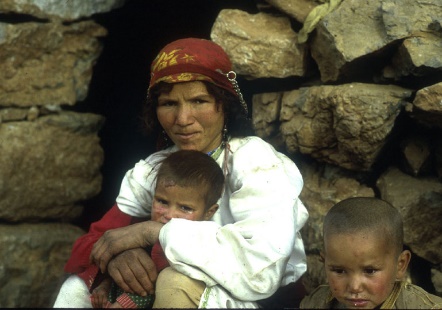
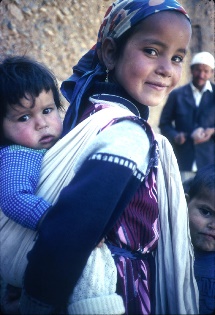
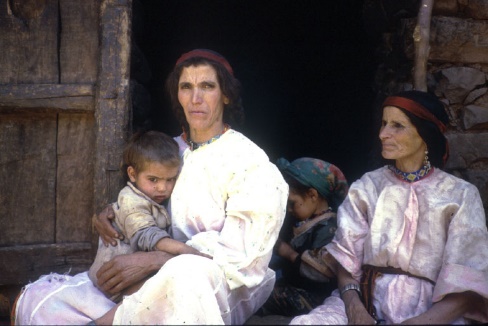
I also am interested in studying the process of “modernization” and the distinctive psychological characteristics of “modernity” in contrast to the psychological orientations fostered by “traditional” pre-modern ways of life. I believe the overall conditions of life and all aspects of infant care, child socialization, adolescent and adult development are so profoundly different for “modern” people that it essentially creates them as a psychologically different species than those who lived in truly “traditional” societies.
The change in life expectancy from under 40 to near 80, the huge reduction in suffering from chronic and parasitic diseases, the evolution from family-kin societies with arranged marriages to achievement societies with choice of partners, and the shift from “traditional” worlds in which the psyche was immersed in a realm of “supernatural” beings and forces to a “modern” world where the psyche is immersed in a virtual world of entertainment — together transform all aspects of human life.
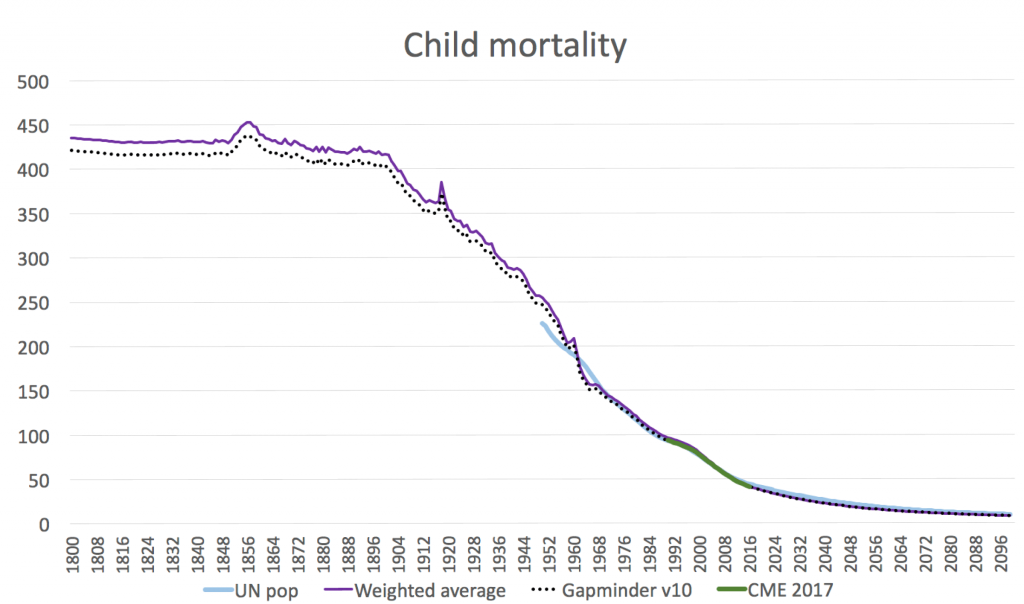
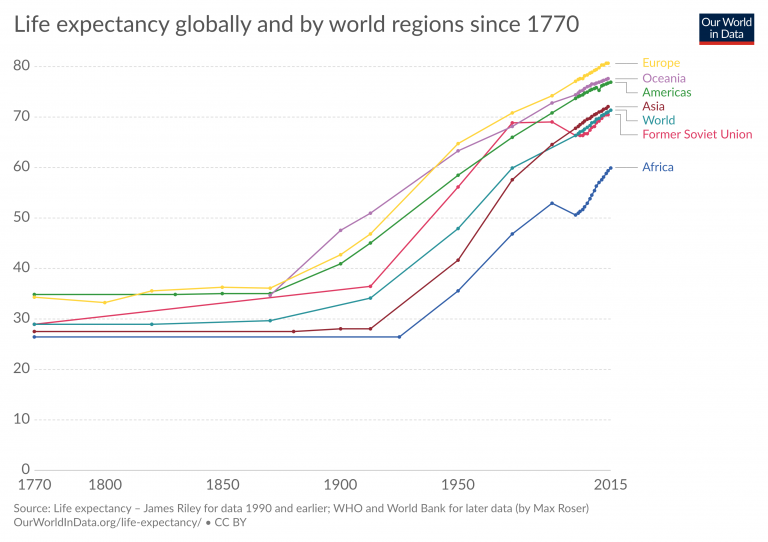
I believe the “Collectivism” vs. “Individualism” contrast largely reflects the gradient of “modernization” around the globe more than it identifies a central dimension of cultural variation that pre-dated industrialization (see my, 2019 “Culture and the Development of Motives, Values, and Social Selves”).
We currently have little understanding of how “modernization” is remaking Human Nature. We consequently make the serious error of taking our barely 100 year old “modern” pattern of life – an extreme outlier in the distribution of the societies that have existed on the planet – as the norm of human development. And this blinds us to that paths to “modernization” not take, and to alternative forms of “modernity” that might foster richer sorts of human development than those that currently prevail.
